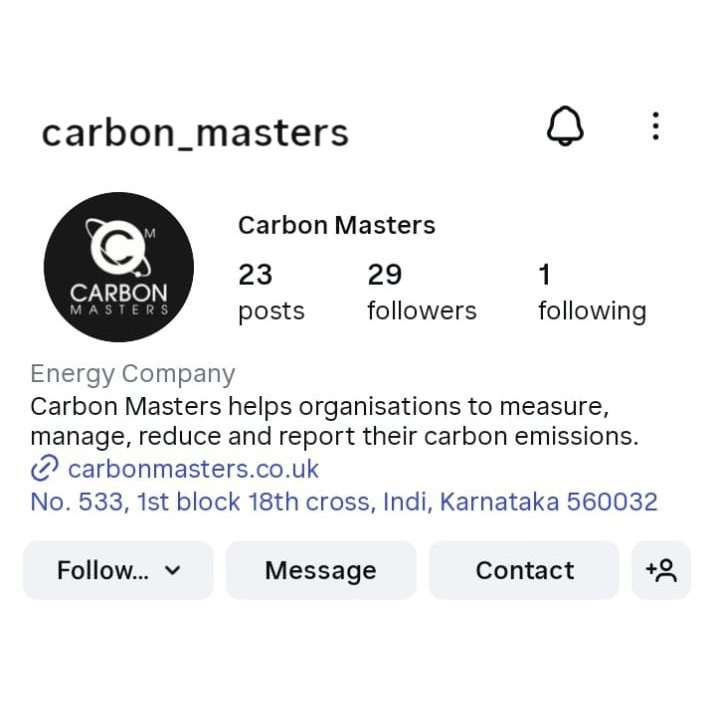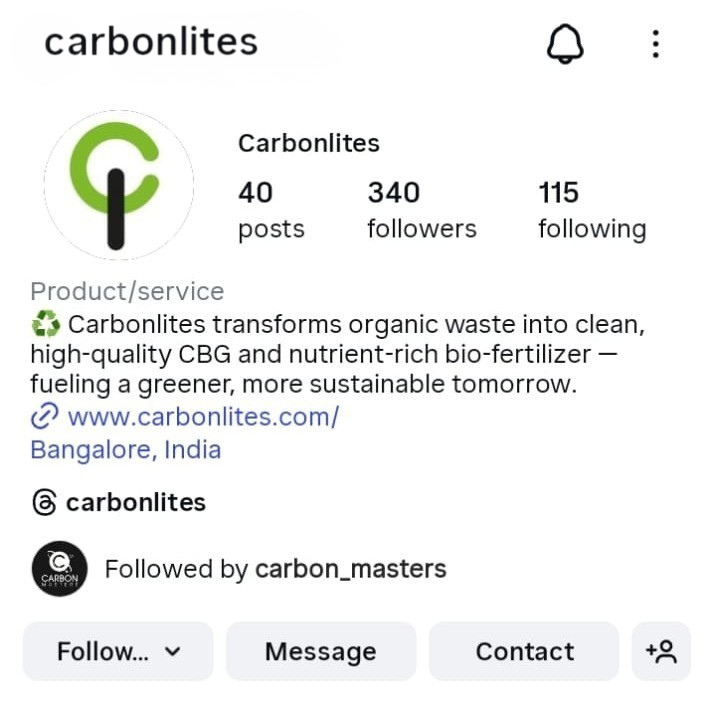Carbon Masters
-News & Events
+44(0)1912902717 9:30 - 17:30 (GMT) +91-9148923921

Nov 4 2025
Blog
The CBG Conundrum: Is India’s CBG Future to be Decentralized or Centralized?
(And What the German Beer Industry Can Teach Us About Biomethane)
For decades, the rule of energy was simple: bigger is better. Energy companies built massive refineries and gigawatt power plants, centralizing production around concentrated fossil fuel sources. This 20th-century logic is so ingrained that we may now unconsciously be applying it to 21st-century renewable energy— Which may be a strategic mistake.
This is especially true for the Compressed Biomethane (CBG) industry. The common assumption is that as an energy source, it must follow the same path to scale through huge, centralized production plants.
Our contention is that this maybe a fallacy. The true scale advantage we would argue for CBG lies not in the size of a single plant, but in the power of a decentralized network.
And to understand why, we need to look at an unexpected teacher: the brewing industry.
The Brewing Blueprint: Local is Logical
Think about Germany, a nation synonymous with beer. It doesn’t have a few mega-breweries supplying the entire country. It has thousands of local and regional breweries. Why?
- Proximity to Feedstock: Water and grain are bulky and expensive to transport.
- Proximity to Customers: Beer is heavy, and local breweries cater to local tastes and ensure freshness.
This decentralized model is not a sign of an underdeveloped industry; it is the sign of a mature, optimized, and resilient one. The structure perfectly matches the logistics of its supply and demand.
Summary Table: CBG vs. Brewing vs. Fossil Fuel
| Aspect | Brewing Industry | CBG Industry | Fossil Fuel Model |
| Feedstock | Local, perishable | Local, bulky | Distant, high-density |
| Production Model | Distributed, regional | Distributed, regional | Centralized, megascale |
| Distribution Economics | High last-mile cost | High last-mile cost | Pipelines, scale benefit |
| Typical Plant Size | 5–100 TPD | 2–25 TPD (majority of plants) | 1000+ TPD |
CBG’s Inherently Decentralized Reality
Now, apply this logic to Compressed Biomethane (CBG). Its primary feedstock is not a concentrated oil well; it is organic waste—agricultural residue, municipal solid waste (MSW), food processing waste. This feedstock is inherently dispersed, bulky, and expensive to transport.
- Building one massive CBG plant for an entire region /City means your largest cost becomes the logistics of gathering and moving thousands of tons of low-value, MSW/Agri waste. This is a losing proposition.
- Building a network of smaller plants near source clusters (a large farm, a food market, a landfill) eliminates this cost. This is the foundational economic advantage.
The same logic applies to the customer. In our work at Carbon Masters, we convert the organic fraction of MSW into CBG and bottle it for the HoReCa (Hotel, Restaurant, Café) sector. Our customers are local, and so is our production. Germany’s success with smaller, decentralized biomethane plants offers a clear lesson for India’s CBG sector: scaling through a network of local facilities rather than relying exclusively on large central hubs may provide superior economic, logistical, and sustainability benefits.
Plant Size and Network Scale
Reliance and other Indian majors (Verbio, Ever Enviro, Adani) are prioritizing larger 20–22 TPD CBG units, which are considered large in industry terms, especially compared to Germany’s typical average plant size of 2 TPD gas output.
Germany, with over 9,500 biogas/biomethane plants, leads Europe in both renewable energy production and beer brewing, demonstrating the effectiveness of a decentralized, locally distributed model for industries with bulky, region-specific feedstock.
German policy over the past decade shifted incentives to favor small and medium-sized biogas projects, resulting in robust system-building, farmer participation, and aggregation of thousands of distributed units.
Comparing India and Germany’s Approach
| Country | Typical Plant size (TPD) | Network type | Market Leadership |
| India | 20–22 TPD (new, large) | Emerging networks | Rapid scaling, central units |
| Germany | 2 TPD (average) | Dense local networks | Largest biomethane market |
| Germany | Many small plants | Beer industry model | Largest beer market, local scale |
Lessons for Indian CBG Strategy
The distributed, modular approach strengthens supply chains, boosts rural incomes, manages feedstock more efficiently, and is less exposed to logistical bottlenecks than mega-scale centralized plants.
Germany’s achievement in both beer and biomethane industries shows that scale arises from aggregating a large number of smaller units, each optimized for local feedstock, rather than forcing economies of scale through centralization. Sustainable scaling in Indian CBG should focus on system-building—facilitating local plant development, supporting distributed grid integration, and incentivizing end-use diversity—rather than simply channelling capital into a few large installations.
Summary
India can learn from Germany’s decentralized and localized model, where a network of numerous small plants forms the backbone of both the beer and biomethane industries, and such system-building may be a more resilient and inclusive pathway for national CBG industry scale than mega-plant centralization.
About Carbon Masters
Carbon Masters is a carbon management consultancy which helps organisations in the public and private sector to measure, manage, reduce and report their carbon emissions.



